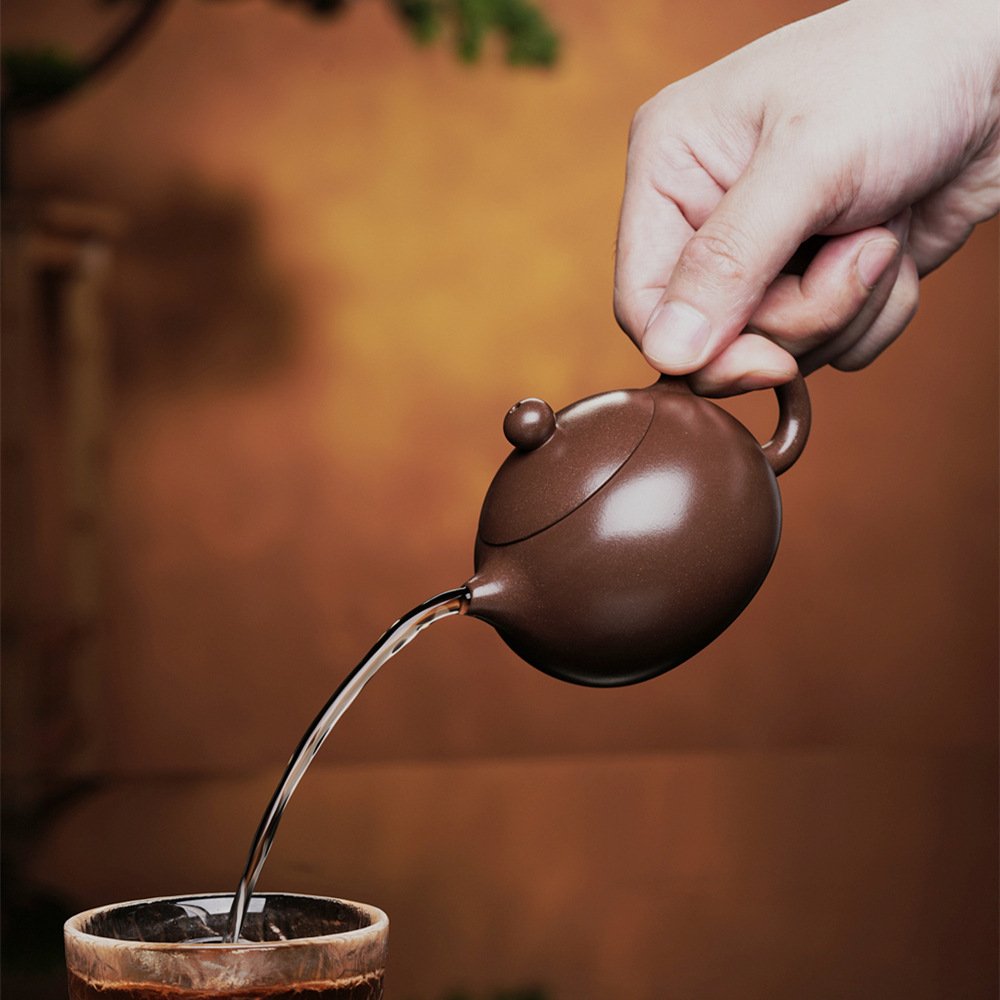Why Does Your Raw Pu-erh Taste Bitter, While Others Make It Sweet and Fragrant?
To brew raw Pu-erh (Sheng Pu) well, you need to understand its temper.
Sheng Pu is like someone who appears tough but is soft-hearted—it responds well to gentleness. If you approach it harshly, its strong, bold, and bitter nature will overwhelm you. But if you treat it with care, it transforms into a sweet, silky little delight.
Today, let’s learn 5 simple steps to master Sheng Pu.
1. Tea-to-Water Ratio Matters
The recommended tea-to-water ratio is 1:25.
For a 140ml gaiwan (lidded bowl), use around 5.5 grams of tea.
⚠️ Don’t be greedy! Too much tea makes the brew too strong to handle—and uncomfortably bitter.
2. Choose the Right Brewing Vessel
For beginners, we suggest using a white porcelain gaiwan.
- Yixing teapots are better suited for experienced tea drinkers and produce a heavier taste.
- Gaiwans offer a lighter, more fragrant brew.
Before brewing, rinse the gaiwan inside and out with boiling water. Fill it at least 70% full to ensure it’s properly heated.
Then use that water to warm your fairness pitcher (gong dao bei).
3. Awaken the Dry Leaves
Next, pour the dry tea into the warm gaiwan and cover it briefly to awaken the aroma.
📌 Do not shake or swirl the leaves—just let them sit. The scent will naturally rise.
You’ll smell a beautiful floral-honey aroma, especially if you’re brewing Pu-erh from places like Lincang’s Daxue Mountain.
4. Always Use Boiling Water
Sheng Pu responds best to strength. Low-temperature water won’t unlock its full character.
So no matter the age of the tea:
📌 Always use freshly boiled water!
5. Pouring Technique Affects Taste
This is the most crucial step!
🚫 Don’t splash the leaves
🚫 Don’t pour from high up
🚫 Don’t use a thick, aggressive stream
✅ Use a gentle, single-direction, steady, thin stream close to the leaves.
This method ensures your Sheng Pu brews up smooth, sweet, and free from bitterness.
Key Points for the First Brew:
- The first steep is a “rinse” to help the leaves open.
- Sheng Pu is often tightly compressed and needs time to unfold.
- Use this rinse water to warm your drinking cups—don’t drink it.
- For formal steeps, pour in and pour out instantly—no waiting!
Sheng Pu is rich in tea polyphenols and caffeine. 📌 If you over-steep, it will definitely taste bitter.
The Sheng Pu Rhythm: Quick In, Quick Out, Quick Enjoyment
Every steep should follow this rhythm:
📌 Gentle stream → cover → instant pour-out
One sip and— Wow! So smooth, sweet, and mellow—no bitterness at all!
Is Sheng Pu Durable?
Absolutely.
With this method, you can easily brew up to 15 steeps.
Just remember:
- Stick to boiling water
- Adjust steep time gradually when the flavor starts to fade
Give it a try—when you succeed once, you’ll fall in love with it.
Still not tasty? Come back and let’s talk! 😉
